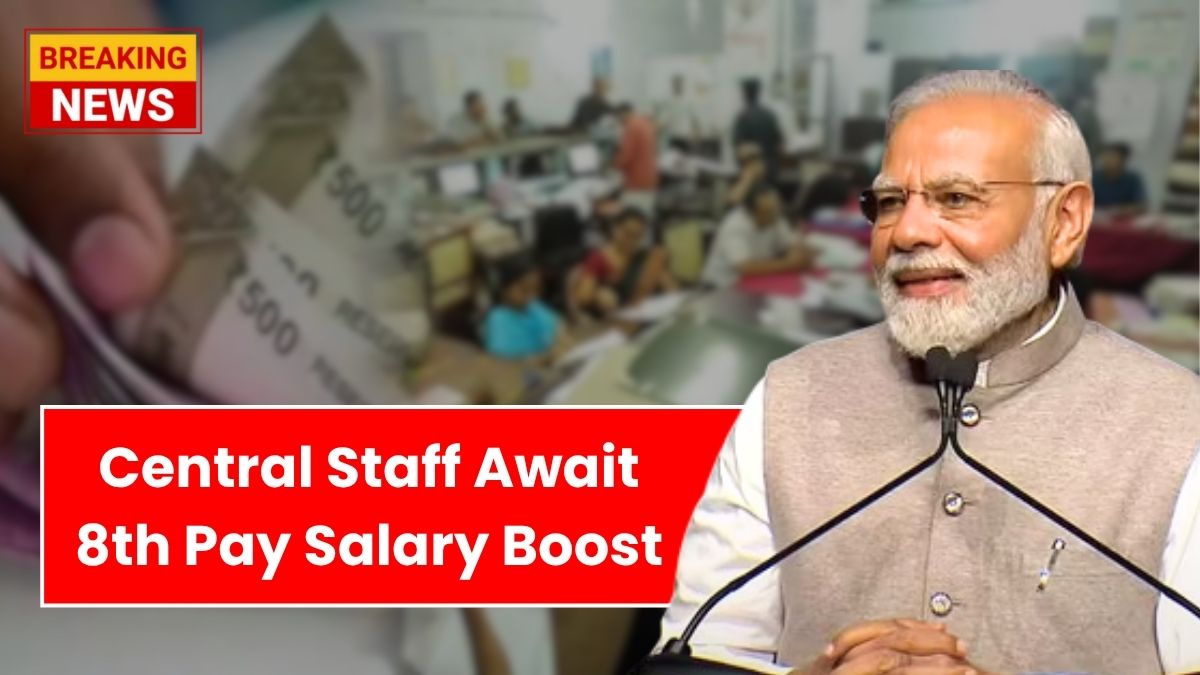Unified Pension Scheme – Starting April 1, 2025, the Government of India is rolling out a major change in how retirement benefits are handled for central government employees. The new system, called the Unified Pension Scheme (UPS), is designed to provide more financial security compared to the current National Pension System (NPS). For a long time, many employees have expressed concerns over the market-linked uncertainties of NPS, and UPS seems like a promising solution to ease those worries.
A Choice That Matters
Employees currently under NPS will have the option to switch over to UPS, but it’s important to note that this choice is permanent. Once you switch, there’s no going back. Understanding that such a big decision can’t be rushed, the government has extended the deadline to make the switch until September 30, 2025. This extra time is a welcome move, especially for eligible employees, retirees, and even the legally wedded spouses of deceased retirees. It gives everyone a fair chance to assess what works best for their financial future, and it shows that the government is listening to feedback and trying to make the transition smoother.
What Makes UPS Different
So, how exactly is UPS different from NPS? For starters, UPS offers a guaranteed monthly pension, which means no more worrying about how the market performs. Under this scheme, if you’ve completed at least 25 years of service, you will get 50% of your average monthly basic salary from the last 12 months before retirement. Even those with at least 10 years of service will receive a monthly pension of ₹10,000. This is a huge shift from the NPS model, where returns are not fixed and are linked to market performance. In short, UPS brings back the kind of financial certainty that many employees miss from the old pension days.
Gratuity and Other Benefits
One of the most attractive features of UPS is the inclusion of retirement and death gratuity benefits. These were missing in the NPS and are now making a return, similar to what was available under the Old Pension Scheme (OPS). This move strengthens the social safety net for employees and their families. With gratuity and fixed pension benefits, UPS offers a much more complete retirement package. It’s not just about securing your own future, but also about ensuring that your family isn’t left struggling in the event of your untimely passing.
Implementation and Oversight
To make sure everything goes smoothly, the Pension Fund Regulatory and Development Authority (PFRDA) has issued clear operational guidelines. Employees can submit their pension scheme choice online or through physical forms. Efforts are already underway to streamline the entire process to avoid unnecessary delays. States are also showing interest—Maharashtra has already adopted UPS for its state employees, and other states might follow the same path. This could be the beginning of a larger transformation in the way government retirement benefits are managed across the country.
Looking Ahead
The Unified Pension Scheme marks a bold step forward, trying to strike the right balance between social security and financial discipline. It acknowledges the fact that while market-linked returns might offer growth potential, what people truly seek in their retirement years is peace of mind and financial stability. UPS gives employees the chance to opt for that peace of mind, especially those who are close to retirement or are more risk-averse. But with the deadline fast approaching, it’s crucial for employees to carefully consider their long-term needs before making this one-time decision.
Disclaimer
The information provided here is based on publicly available government guidelines and should not be taken as financial advice. Individuals are advised to consult with financial planners or their respective department heads before making any final decisions related to their pension options. The scheme’s terms may evolve, and readers should keep an eye on official announcements for the most accurate updates.












